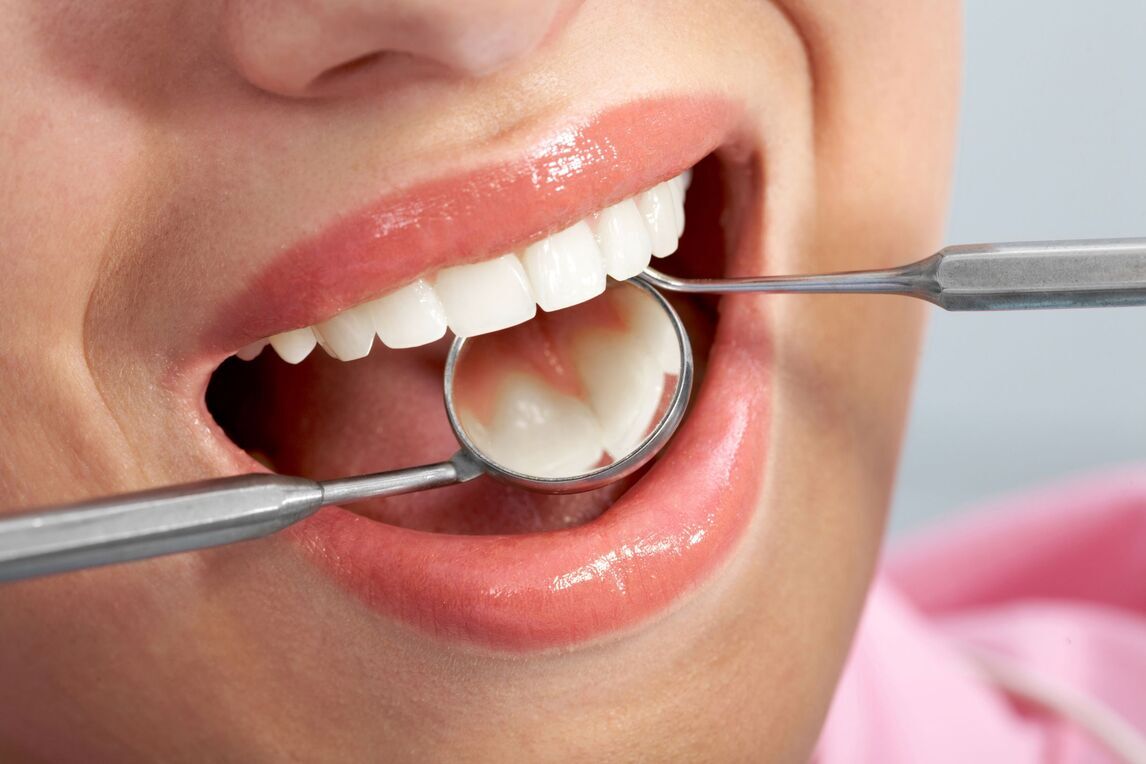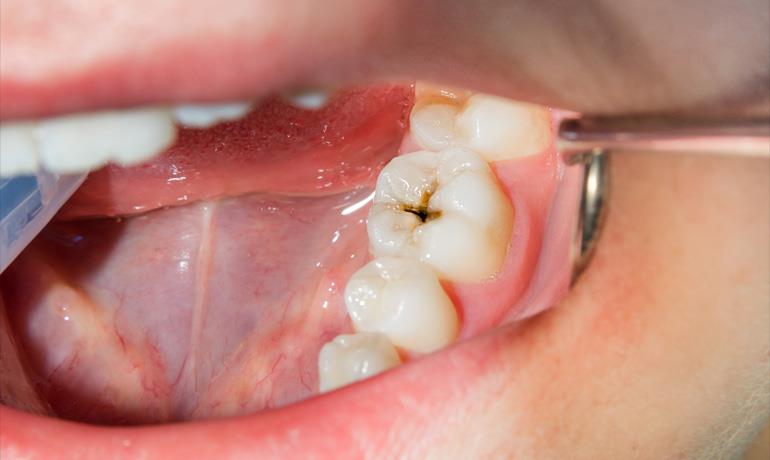Points to pay attention to after teeth restoration

Tooth decay is one of the common and painful dental problems that most people face during their lifetime. Caries usually occur due to not using dental floss regularly and improper brushing.
Tooth restoration or so-called tooth filling is one of the easiest and first measures to eliminate tooth decay. When your tooth is faced with decay, the dentist usually drains the decayed and infected areas and fills it with special materials. Various materials such as amalgam, composite, etc. are used for filling.
Points to be considered after teeth restoration:
• The restored tooth may be sensitive to various factors such as impact and cold for several days. Don"t worry and try to eliminate the stimulating factors.
• If the filling is close to the tooth nerve and there is night pain or spontaneous pain, root canal treatment is needed. See a doctor immediately after the onset of severe pain.
• Do not eat hard food other than liquids for two hours after tooth filling.
• 24 hours after tooth restoration, you can use the side of the filled tooth to chew food.
• If the restoration area is long, visit your dentist as soon as possible.
• After filling the tooth with tooth-colored materials, avoid eating colored materials (tea, coffee, soft drinks...) for 24 hours as much as possible.
• It is necessary to observe oral hygiene and restored teeth as well as healthy teeth.
• In the case of tooth restoration with different metal materials (amalgam), there is a possibility that the tooth will be sensitive to cold, etc. within 1 to 1.5 months.
• In case of tooth restoration with materials of the same color, exposure to excessive sensitivity of the teeth cannot be justified in any way and should be investigated immediately.
• If the filling of your tooth settles, see your dentist immediately, because sometimes the fillings move away from the tooth wall and a gap appears between the tooth and the filling. This distance is a good place for food to get stuck and start a new decay.
• Restoring teeth does not prevent oral hygiene in any way. It should be noted that for brushing and flossing, especially in amalgam restorations, at least a few hours should pass after the restoration. If it is not possible to floss the restored tooth, you should visit your dentist as soon as possible.
It is normal to have pain and slight sensitivity to hot and cold water after tooth restoration. This pain will go away after a few days; Of course, it may sometimes take up to one or two months. However, if the intensity of the pain does not decrease after a few days, or if the pain occurs at night or with pulsations, be sure to visit your dentist.
• The feeling of height in the restored tooth can be due to the numbness of the restored area. The different shape of the restoration compared to the caries cavity and its novelty for the oral cavity causes excessive attention to the restoration and a false sense of height.
• Anesthesia of the repaired area may last from one hour to several hours depending on the type of anesthesia. The point that needs to be observed during this period is to be careful not to accidentally bite or injure the lips and cheeks.
• Usually tooth-colored restorations or composite restorations experience some degree of undesirable color change after several months of service. Amalgam restorations may also lose their surface polish after some time and have an unpleasant and uneven appearance. If this happens, see your dentist.
• In some patients, the contact of steel spoons with the amalgam restoration may cause a mild electric shock. Biting aluminum sheets like chocolate skin also leads to this condition. If this happens a lot and bothers you, you should see a dentist to change the type of restoration.
• When a tooth is restored, it does not mean that it no longer needs any care. Rather, the repaired tooth may suffer from secondary decay, or it may be subject to new decay from a place other than the place where the restoration was performed. In fact, tooth restoration increases the need for hygiene. So, even if you have removed all your tooth decay with restoration, it is necessary to regularly use a toothbrush and floss and visit the dentist every six months.
• Any restored tooth may have problems after a few months of restoration, for example, a part of the restoration may break, etc., in these cases, it is necessary to visit a dentist to repair the restoration or replace it.
• After tooth restoration, there is no need to use pus drying (antibiotic). Try to use painkillers only in case of pain after consulting your dentist.
Conclusion
• One of the most important points of dental care that should be taken into account is that prevention always precedes treatment. Try to check your teeth once in a while.
• Even when you don"t feel pain in your teeth or you don"t feel any problems in your mouth and teeth, try to visit the dentist every six months for prevention.
• Brush your teeth after every meal and be sure to use dental floss.
• One of the points that must be observed before and after tooth restoration is to plan your diet to consume less sugary substances and minimize the consumption of sugary substances and do not consume sugary substances between meals.
